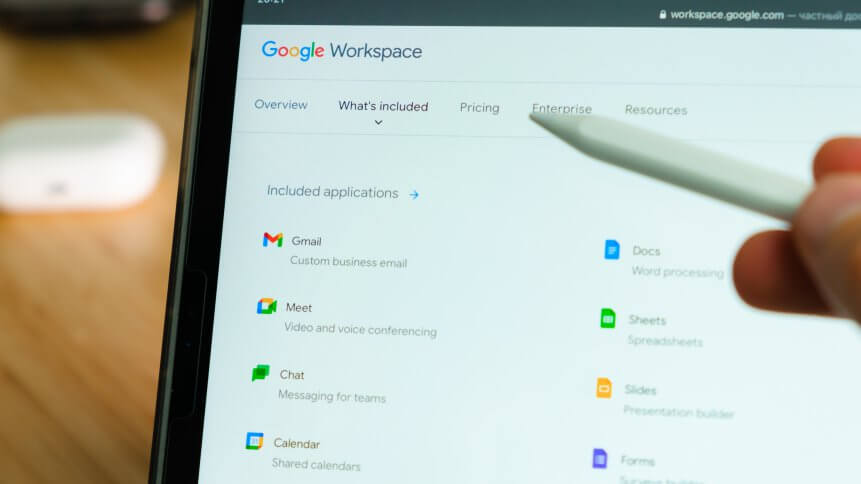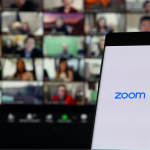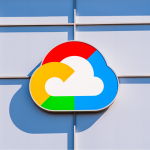The new Google Workspace is made for remote working

- Google Workspace now allows the setting up of out-of-office and working hours and Workspace’s various tools like Gmail and Chat will be aware of the current status and location to adjust notifications to suit
- The tech giant is also launching “Google Workspace Frontline,” which it calls a “custom solution” for frontline workers
After rebranding its productivity G Suite to Google Workspace in October 2020, Google, on the back of a growing remote working culture that surged by necessity last year, launched more updates earlier this week. The search engine giant added features to its flagship productivity suite such as a frontline worker solution, a set of features to help people find more time and focus, and powerful tools for strengthening collaboration.
The move can also be seen as a preparation for a post-pandemic reality when hybrid remote-office work would be the new normal. The enhanced Workspace targets frontline workers, helping corporate users focus and save time while also supporting frontline, customer-facing workers via improved collaboration with their corporate contacts, both during the pandemic and beyond.
In understanding how work culture is changing and what kind of shifts in the workplace can be expected over the long term, Google and other collaboration tool vendors such as Zoom, Slack, and Microsoft have been working on making tools accessible and available at scale. All the tools development needs to accurately reflect the reality of what people need in the workplace if and when that physical workplace no longer exists.
Google and its pursuit in building the future of work
The search engine behemoth is pursuing a model that focuses on what it calls ‘collaboration equity‘, whereby workers can get work done effectively, no matter where they are located. To top it off, the latest features recognize that workers are facing greater challenges in balancing their work and personal lives, with the need for more flexibility.
Some of the new Workspace features include Google Assistant whereby users can now use their voice to ask Google what’s next on their calendar or to quickly join a meeting and send a message. The feature is available for Workspace on any mobile device and is in beta for some smart speakers and smart displays. Then there is the segmentable working hours feature, which helps users specify multiple work blocks in working hour settings to signal to team members when they’re online and available for meetings.
There are also recurring ‘out-of-office’ events whereby users will be able to schedule regular, recurring out-of-office blocks, automatically declining invites during that time. The fourth new feature is the location indicators where Workspace will allow users to share which days they will be working from home and which days they will be in the office. Then there are Focus Time and Time Insights which aim to let people minimize distractions by limiting notifications during specified times. Insights will only be visible to the employee.
YOU MIGHT LIKE

How Zoom will stay relevant post-pandemic
On the ‘seamless collaboration’ front, Google Workspace is now offering second screen experiences in Google Meet, where users will be able to host meetings across a mix of devices, such as Google Meet hardware in conference rooms or Nest Hub Max’s at home. As for the new mobile functionality, a new tile view is being made available to see more users at once, while split-screen and picture-in-picture support on Meet mobile will help users to chat or browse Gmail without missing the visual thread of a meeting.
Lastly, some livestreaming enhancements for Google Meet will now sport the option for Q&As, polls, and live captions, with the aim of creating more inclusive meetings. Google Workspace VP and GM Javier Soltero said “It’s all part of Google Workspace’s mission to enable a hybrid work experience that enhances collaboration, strengthens the human connection, and increases wellbeing for people-wherever they are and however they work”.









